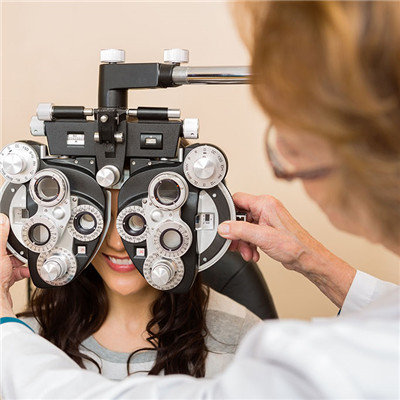Appendicitis pain symptom?
summary
Appendicitis is an inflammatory change caused by many factors. It is a common surgical disease. The most common disease is young people, and the male is more than the female. Clinically, acute appendicitis is more common in all ages and pregnant women. Chronic appendicitis is rare. Appendicitis pain symptom? Let's talk about it
Appendicitis pain symptom?
Abdominal pain is typical of acute appendicitis. At the beginning, there is pain in the middle and upper abdomen or around the umbilicus. A few hours later, the pain is transferred and fixed in the right lower abdomen. When the inflammation spread to the serosa and parietal peritoneum, the pain was fixed in the right lower abdomen, and the pain in the original middle upper abdomen or periumbilical was alleviated or disappeared. Therefore, no typical history of metastatic right lower abdominal pain can not exclude acute appendicitis.
Gastrointestinal symptoms simple appendicitis gastrointestinal symptoms are not prominent. In the early stage, nausea and vomiting may occur due to reflex gastrospasm. Pelvic appendicitis or gangrenous perforation of appendix may have increased frequency of defecation. Fever generally only low fever, no shivering, suppurative appendicitis generally does not exceed 38 ℃. High fever is more common in appendiceal gangrene, perforation or complicated with peritonitis.
Tenderness and rebound pain abdominal tenderness is the expression of parietal peritoneum stimulated by inflammation. The tenderness point of appendix is usually located at Mais point, which is the junction of the middle and outer 1 / 3 of the line between the right anterior superior iliac spine and the umbilical cord. Rebound pain is also called Blumberg sign. In patients with obesity or retrocecal appendicitis, tenderness may be mild, but rebound pain is obvious.

matters needing attention
Antibiotics can be used for non-surgical treatment. When the diagnosis of acute appendicitis is clear and there are indications for operation, but the patient's physical conditions or objective conditions do not allow, non-surgical treatment can be taken first to delay the operation. If acute appendicitis has been combined with limited peritonitis, forming inflammatory mass, non-surgical treatment should also be used to make the inflammatory mass absorbed, and then consider selective appendectomy. Patients should rest in bed, fast, and give intravenous infusion of water, electrolyte and heat.







